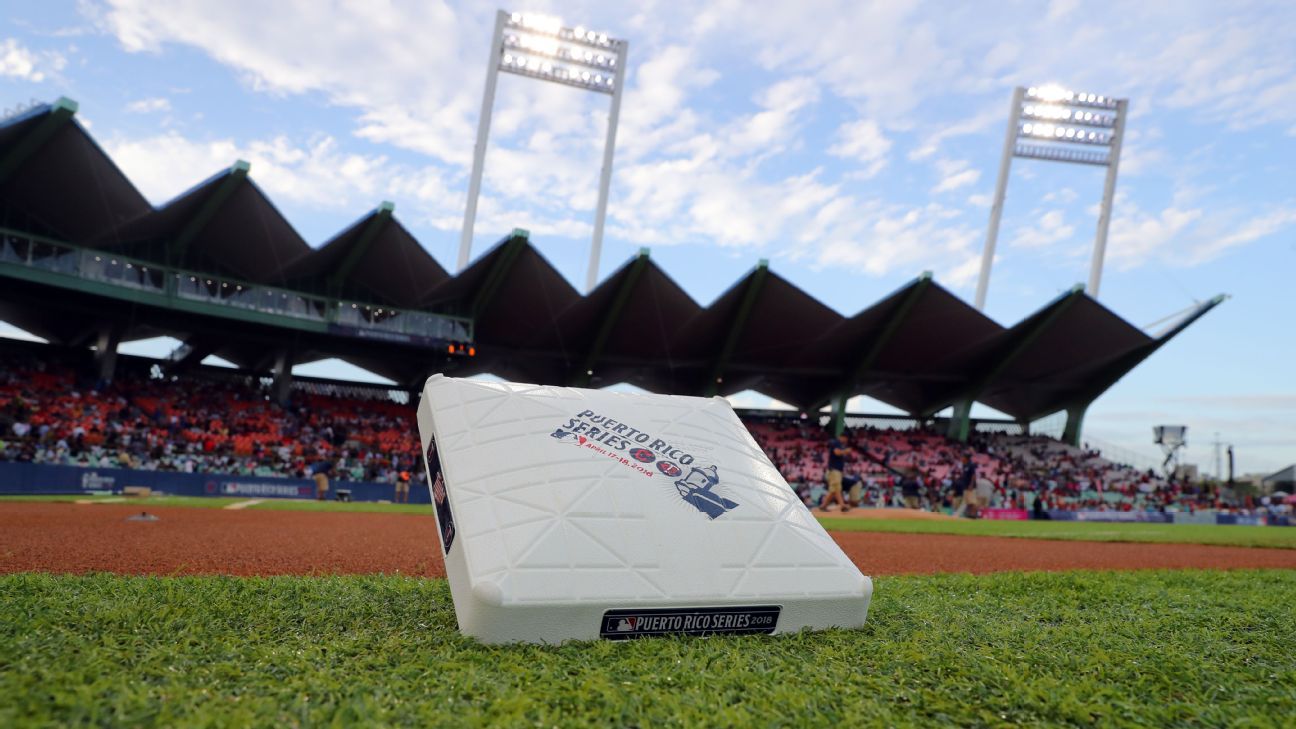The Major League Baseball (MLB) commissioner’s office announced Monday a variety of experimental game rules that have been approved by the Competition Committee and the Playing Rules Committee for use in the 2022 Minor League Baseball season.
In a news release, MLB said the rules are designed to improve the pace of play, create more action on the field and reduce player injuries. Many experimental rules were first tested on a limited basis last season.
In the new Collective Labor Agreement, Commissioner Rob Manfred is given the power to set some of these rules in Major League Baseball by 2023, with 45 days’ notice.
PITCHING CLOCK: The government of baseball has expanded the use of the clock in between games, to allow the Competition Committee to better assess the impact of each on the game. Below is a summary of the experimental rules that will be tested during the 2022 minor league season:
Launch timer: On-field stopwatches will be used at all minor league affiliates. Batters must be ready to bat and pitchers must deliver the pitch within the allotted time periods. With runners on base, pitchers will have additional time allotted for each pitch, but will risk automatically advancing the runner if a third turn attempt or step out of the box is made within the same plate appearance, without recording a out.
These rules were used in the Class A Lower and Arizona Fall League in 2021 and led to a significant improvement in pace of play and a reduction in average playing time of more than 20 minutes.
LARGER BASES: 1B, 2B and 3B pad sizes will increase from 15 square inches to 18 square inches on all minor league circuits. Larger bases were used in 2021 in Triple-A and the Arizona League, and were associated with decreased severity of base-related injuries. Additionally, reducing the distance between bases led to a modest increase in the rate of successful stolen base attempts.
SPECIAL DEFENSIVE FORMATIONS: In Double-A, Triple-A, and Class A Lower, the defensive team must have a minimum of four infielders, with at least two infielders completely on either side of second base.
These restrictions on defensive positioning are intended to allow infielders to better display their athleticism, increase batting average on balls in play, and restore a more traditional set of aesthetics and results on balls batted.
AUTOMATED STRIKE ZONE: The automated ball and strike system will be used in select games in Triple-A and the Class A Lower Southeast. ABS technology will be used to call balls and strikes. ABS was used in the Atlantic League (independent) in 2019 and in select games in the Arizona League and Class A Lower Southeast.
At Triple-A West, umpires will call balls and strikes through May 15, and the ABS system will be used in all games beginning May 17. In Triple-A East, ABS will be used throughout the season for all games played in Charlotte. In both leagues, the ABS strike zone will approximate the strike zone declared by senior umpires.
In Class A Southeast, MLB will test a “Challenge” system in select games, in which umpires call balls and strikes, and the pitcher, catcher and batter have the ability to appeal the umpire’s decision. Each team will receive three appeals and the successful ones will be retained.
We would love to give thanks to the writer of this write-up for this remarkable content
MLB to test new rules in minor leagues

